Unlocking the Secrets of Extract Testing: A Comprehensive Guide
Overview of Extract Testing
Extracts are derived from various natural or synthetic sources and have a wide range of applications in pharmaceuticals, cosmetics, food, and other industries. **Ensuring their quality, purity, and safety is critical** to maintaining consumer trust and product effectiveness. Extract testing involves sophisticated techniques to analyze their composition, potency, and compliance with regulatory standards.
Sample Types in Extract Testing
The scope of extract testing spans a diverse range of samples, including:
- Plant-based extracts: Herbs, roots, leaves, and flowers used in traditional medicine and cosmetics.
- Animal-derived extracts: Collagen, gelatin, or enzymes used in supplements and skincare.
- Synthetic extracts: Lab-created compounds utilized in pharmaceuticals and industrial applications.
Each sample type requires unique handling and preparation to ensure accurate testing results.
Key Testing Parameters
Extract testing evaluates multiple critical aspects to ensure quality and safety, including:
- Purity: Identifying contaminants or adulterants.
- Concentration: Measuring the active ingredients for potency.
- Stability: Analyzing the shelf-life and degradation patterns.
- Microbial content: Ensuring the absence of harmful bacteria, fungi, or viruses.
- Toxicity: Screening for any harmful effects on human health.
These parameters form the foundation of quality assurance in extract-based products.
Instruments Used in Extract Testing
State-of-the-art instruments are employed to achieve precise and reliable results:
- High-performance liquid chromatography (HPLC): For separating and identifying active compounds.
- Gas chromatography-mass spectrometry (GC-MS): For analyzing volatile components and contaminants.
- UV-Vis spectrophotometer: For determining the concentration of specific compounds.
- Fourier-transform infrared spectroscopy (FTIR): For molecular structure analysis.
- Atomic absorption spectrometry (AAS): For detecting trace elements and heavy metals.
The choice of instrument depends on the specific extract and testing objectives.
Common Methods for Extract Testing
Several standardized methods are used for extract testing, including:
- Quantitative analysis: Determining the concentration of key constituents through HPLC or GC-MS.
- Qualitative analysis: Identifying the presence of specific compounds using spectroscopy or chromatography.
- Microbial testing: Employing culture-based methods or PCR to detect pathogens.
- Toxicological assessment: Conducting in-vitro or in-vivo tests to evaluate safety.
These methods are aligned with international standards to ensure reproducibility and reliability.
Conclusion
Extract testing is a cornerstone of quality control across various industries. By employing advanced instruments and rigorous methodologies, it ensures that extracts meet the highest standards of safety, efficacy, and compliance. **Investing in thorough extract testing not only enhances product reliability but also safeguards public health,** paving the way for sustainable innovation and trust in the market.
结语
以上是关于Unlocking the Secrets of Extract Testing: A Comprehensive Guide的介绍,如有其它问题请 联系在线工程师 。




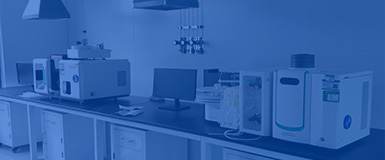
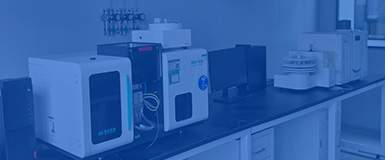
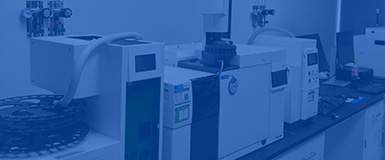
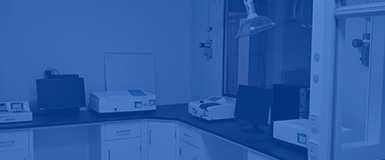
 第三方检测机构
第三方检测机构


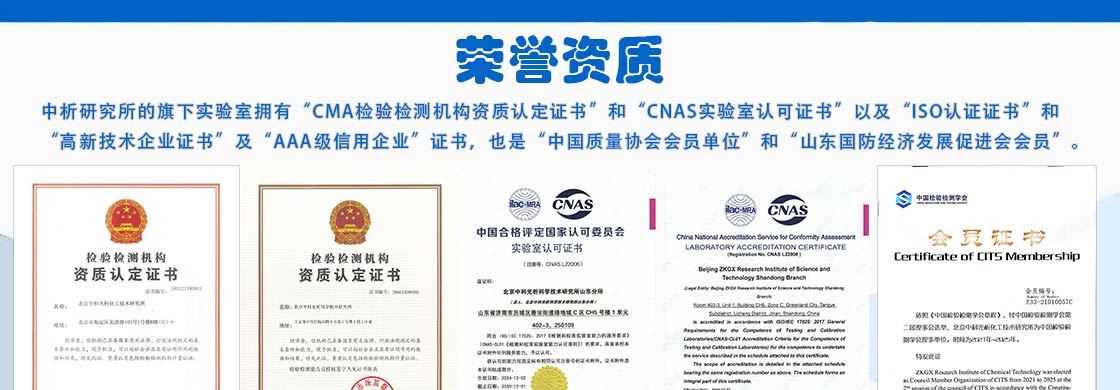
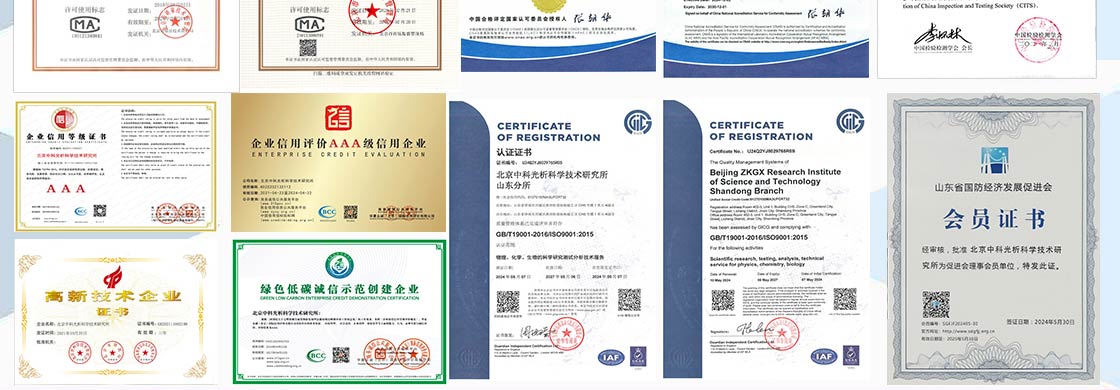
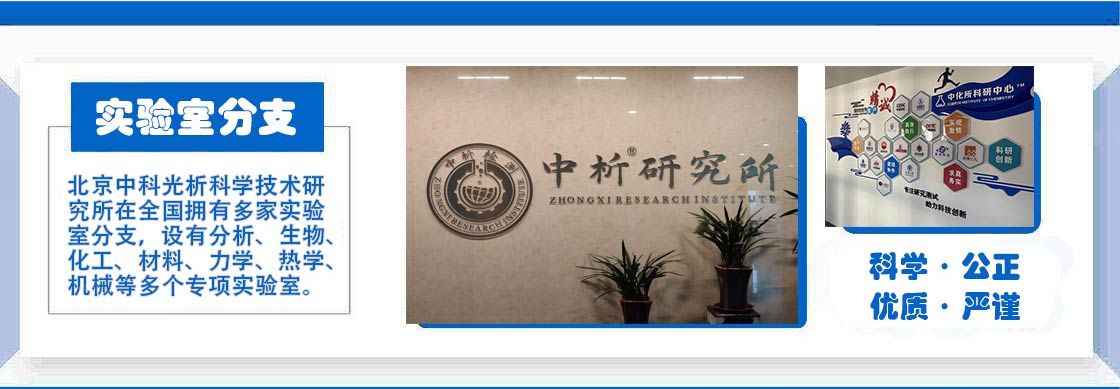
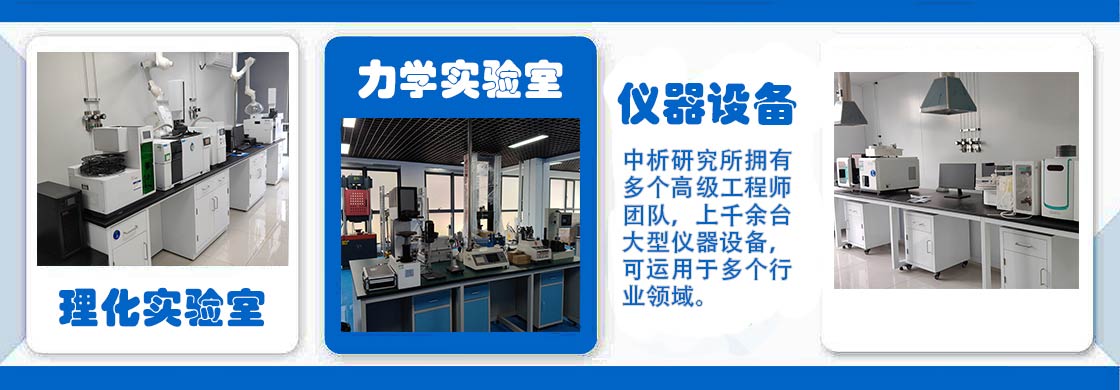
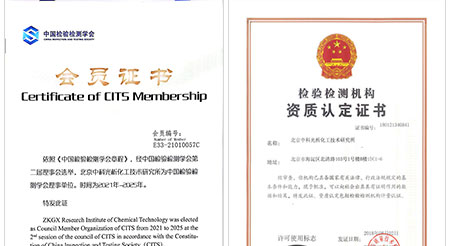
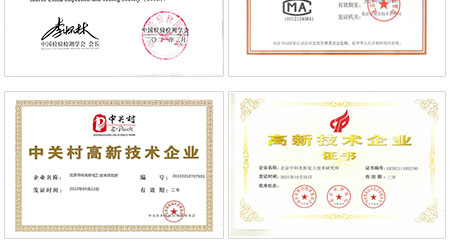



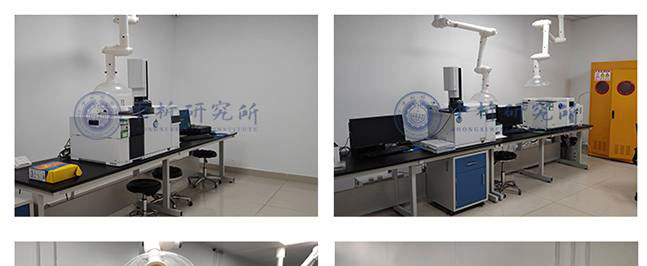
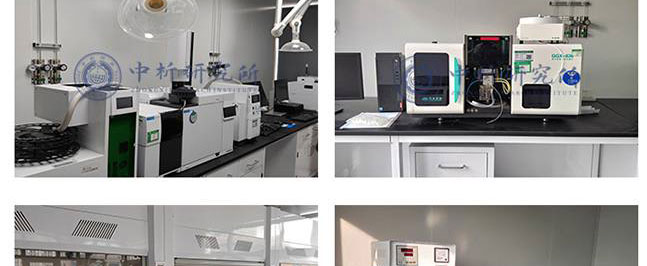
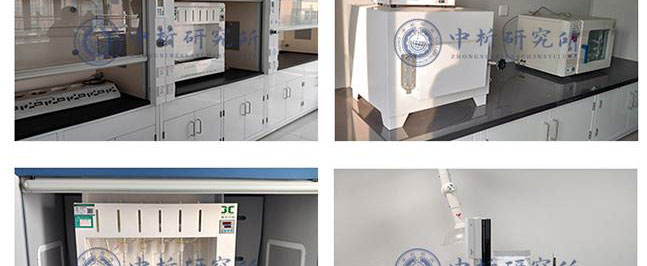
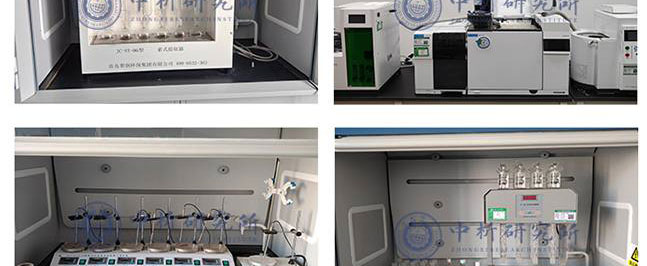
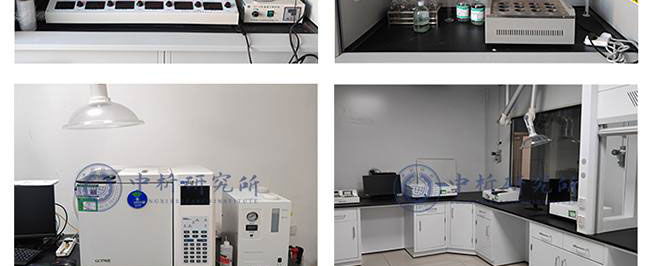
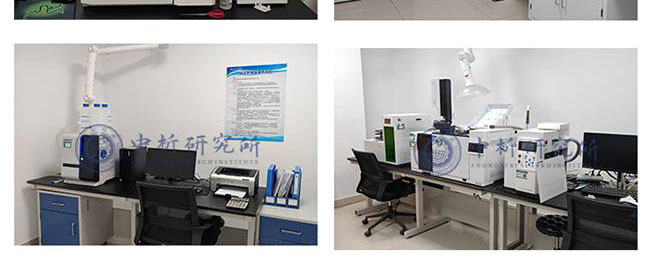




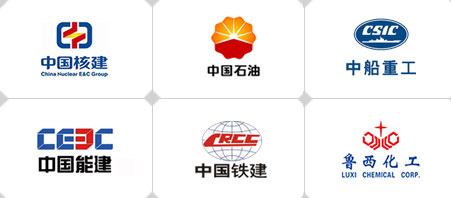
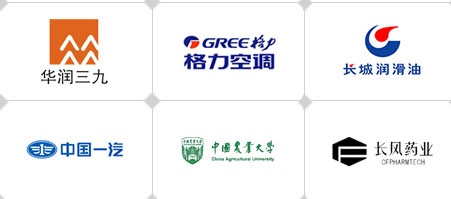
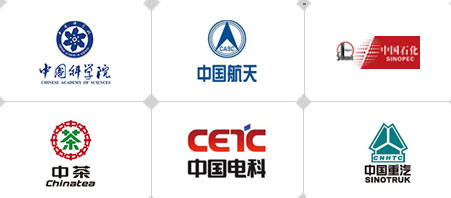
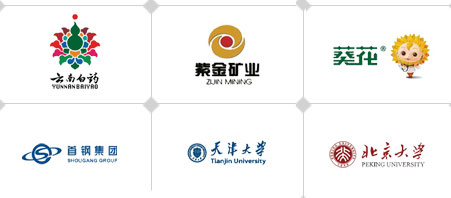









 备案号:
备案号: